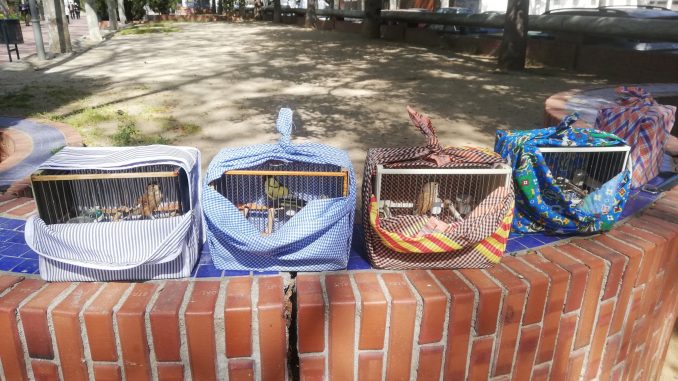
Source: José Mansilla
What for some may be a survival, that is, a social phenomenon typical of supposed previous stages of social evolution, phases surpassed – and delayed – by the current western urban civilization, for others it is simply a way of life. Hygienist thought and current morality, heir to the bourgeois revolutions of the seventeenth and nineteenth centuries, have formed a hegemonic sentiment that has largely parked the human-animal relationship around two major axes: that of its relationship with food, where dealing with animals has been hidden from the eyes, always sensitive, of contemporary society, and from a certain idealization of rural life, an enthronement of nature that forgets that, in almost the entire planet , the current landscapes are heirs, precisely, of a continuous human activity.
Between both, the phenomenon of “taking out the bird” could be located, an activity that consists, in a basic way, in the breeding, exhibition and, sometimes, competition in the song of certain species of finches, an avian genus that includes, among others, the goldfinches, linnets and greenfinches. This hobby, still visible in much of the periphery of cities such as Barcelona, has been accused, for years, of being a direct attack against wildlife – these are birds that are not bred in captivity, for the most part, rather, they are hunted in the field-, in addition to being a specific form of animal abuse. Our well-thinking society also adds another element: that of rejecting its participation in the menu of possible actions to be carried out in the urban space. To do this, from certain sectors, mainly the urban and educated middle classes, a whole symbolic story emerges that links this type of practices with others of a stigmatizing nature, which range from their relationship with drug trafficking, to their not being considered as indigenous or national practices, through the fact that they “make ugly” or contain powerful gender biases.
Be that as it may, the truth is that, in particular, both banks of the Besòs river, at its mouth in the Mediterranean, are areas where this type of practice becomes very visible and show, once again, that its classification, along with other As survival, it responds more to dynamics of stigmatization and classism than to other types of casuistry.